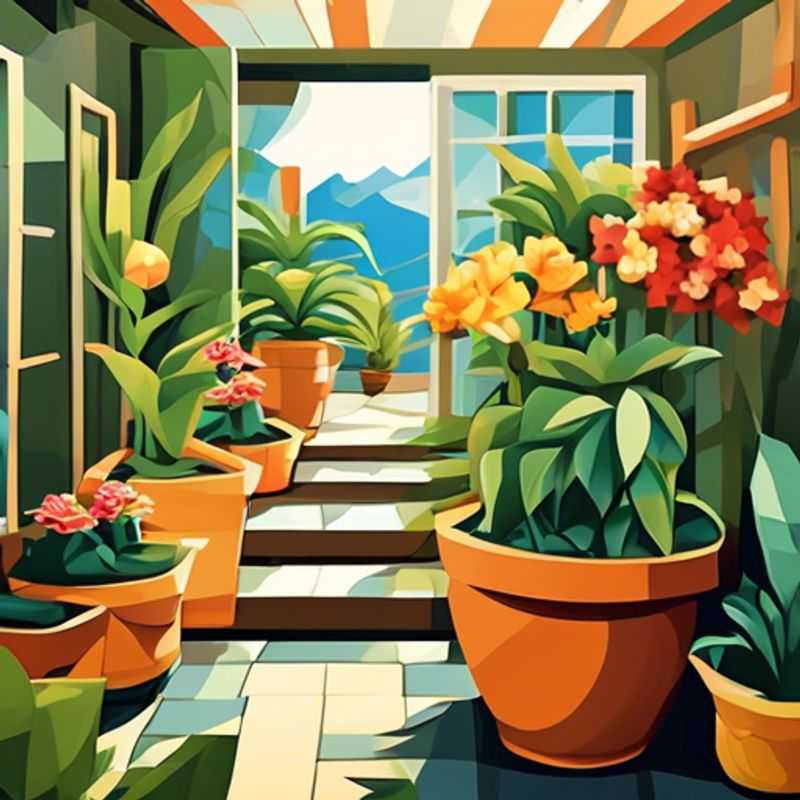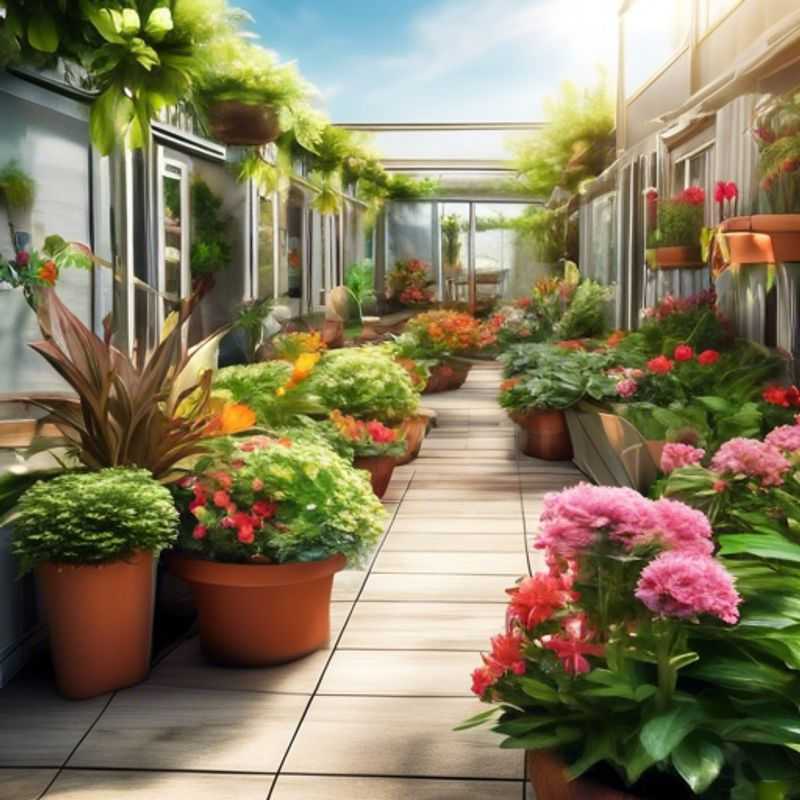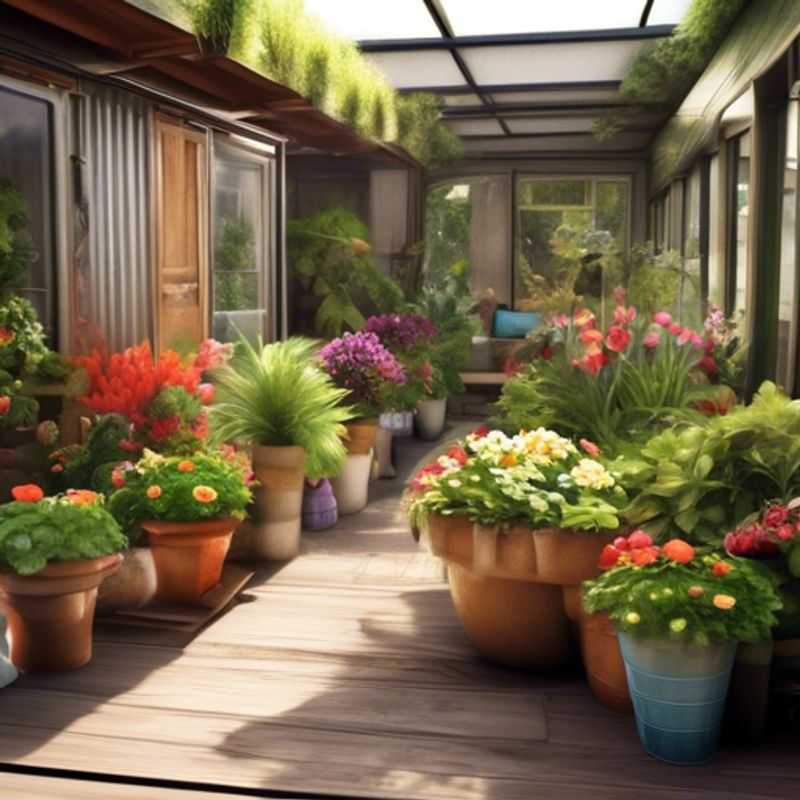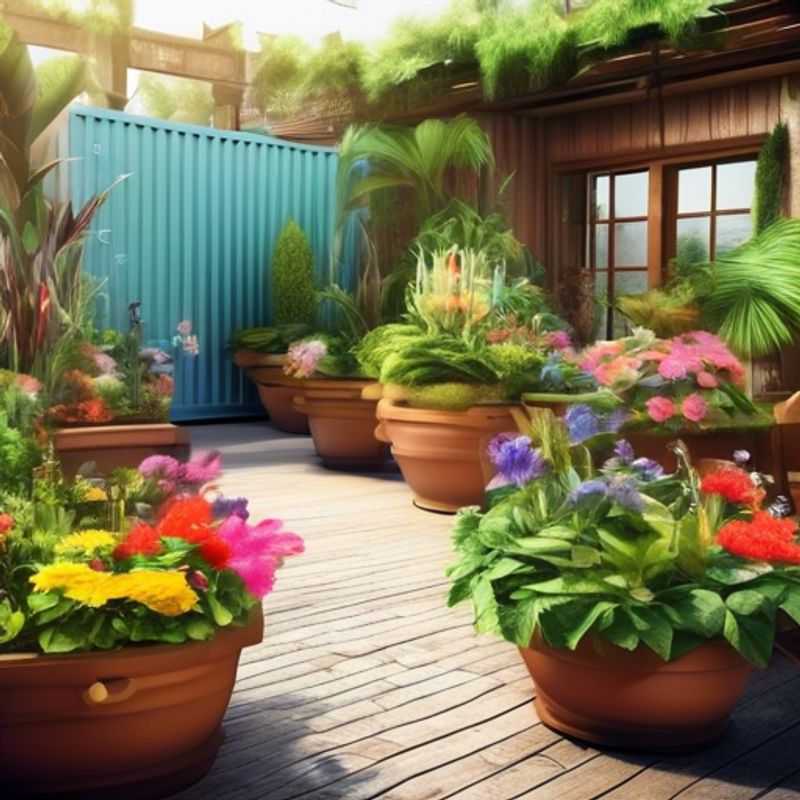Top 4 Things to Know Before Buying Container Gardening For Beginners

Container Gardening for Beginners: 4 Essential Tips for Success
Hey there, gardening enthusiasts! So, you're thinking about jumping into the world of container gardening. That's awesome! It's a fantastic way to grow your favorite plants, even if you have limited space. But before you rush out and buy a bunch of pots, there are a few key things to know to set yourself up for success. Here are the top 4 things you need to consider:
1. Choose the right size container: You wouldn't put a giant oak tree in a tiny flowerpot, would you?

Choosing the Right Container Size for Your Plants: A Guide to Happy Growth
Choosing the right container size for your plants is crucial for their health and growth. A pot that’s too small can stunt growth and lead to rootbound issues. On the other hand, a pot that’s too large can lead to excessive watering and root rot.
A general rule of thumb is to choose a container that’s about 2-3 inches wider than the plant’s root ball. You can also refer to the mature size of the plant. If you plan to keep the plant in the container for a long time, choose a container that’s big enough to accommodate its mature size.
It’s also important to consider the type of plant you are growing. Some plants, like succulents, prefer to be slightly rootbound, while others, like ferns, need more space to thrive.
If you are unsure about the right size container, it’s always best to err on the side of a larger pot. You can always repot the plant into a smaller container later if needed.

Keep It Dry: Ensuring Proper Drainage in Your Container Garden
Proper drainage is crucial for preventing waterlogging in containers. This is essential for the health of plants as it can lead to root rot and disease. Ensure there are drainage holes at the bottom of the container. These holes allow excess water to escape, preventing the soil from becoming waterlogged.
When choosing a container, consider its material. Terracotta pots are porous and allow water to evaporate more quickly, reducing the risk of waterlogging. Plastic pots retain moisture longer, making them better suited for plants that prefer moister environments. Choose a container with a drainage hole that is large enough to allow water to drain quickly. Avoid containers with restricted or small drainage holes.
Use a well-draining potting mix. This helps facilitate water drainage and prevent the soil from becoming compacted. A good potting mix will contain a balance of organic matter, perlite, and vermiculite, which help create air pockets in the soil, improving drainage. Avoid overwatering your plants as this can lead to waterlogging. Water only when the top inch of soil is dry. Feel the soil with your finger to assess its moisture level.
Inspect the drainage holes regularly to ensure they are not clogged. If they are blocked, clean them with a small wire or a toothpick. You can add a layer of gravel or pebbles at the bottom of the container to improve drainage. This helps prevent the drainage holes from becoming clogged and allows for better water flow. You can also use a layer of landscape fabric or filter cloth to prevent soil from clogging the drainage holes.
By following these tips, you can ensure proper drainage for your container plants and prevent waterlogging. Healthy plants are essential for a thriving garden.

Choosing the Right Potting Mix for Container Gardening Success
When you choose a potting mix for your container garden, you're making a vital choice that can directly impact the success of your plants. The right potting mix is designed to provide the perfect balance of nutrients and drainage to promote vigorous growth.
Here's a simple guide to choosing the ideal potting mix for your container gardening:
1. Opt for a mix formulated for container gardening: This is crucial because it ensures the mix is specifically designed to suit the needs of plants in containers. Regular garden soil is too dense and can cause waterlogging, leading to root rot.
2. Pay attention to the ingredients: A high-quality potting mix should include a blend of ingredients like peat moss, coir, vermiculite, and perlite. These provide good drainage, aeration, and nutrient retention.
3. Look for a mix with slow-release fertilizer: This eliminates the need for frequent fertilization, which can be time-consuming and prone to over-fertilizing. Look for a mix with a fertilizer that lasts for several months.
4. Consider your plant's specific needs: Some plants have unique requirements. For instance, acid-loving plants like blueberries and azaleas need a specialized potting mix that is acidic.
5. Remember, a good potting mix is an investment in your plants' well-being. Choosing the right mix sets the stage for healthy, vibrant container gardens. Happy planting!

Know Your Plants: Light and Water Needs for Success
Knowing the light and water needs of your plants is essential for successful gardening. This information helps you choose the right spot for your plants and determine how often to water them. This will help them thrive and prevent problems like wilting, yellowing leaves, or root rot.
Here’s what to consider:
Light:
Plants need sunlight for photosynthesis, the process they use to create energy. Different plants need varying amounts of light. Some plants, like succulents, need full sun, while others, like ferns, prefer shade. When researching a plant, look for terms like "full sun," "partial shade," or "shade."
Water:
Water is crucial for plants to grow. The right amount of water depends on the plant's type, the climate, and the pot size. Some plants need consistently moist soil, while others prefer to dry out slightly between waterings.
Tips for Researching Light and Water Requirements:
1. Start with a reputable source: Look for information from gardening books, university websites, or trusted online resources.
2. Check plant tags: Plant tags often provide basic light and water needs.
3. Observe existing plants: If you see a plant thriving in a particular location, it's a good indication that it suits that plant's light and water requirements.
